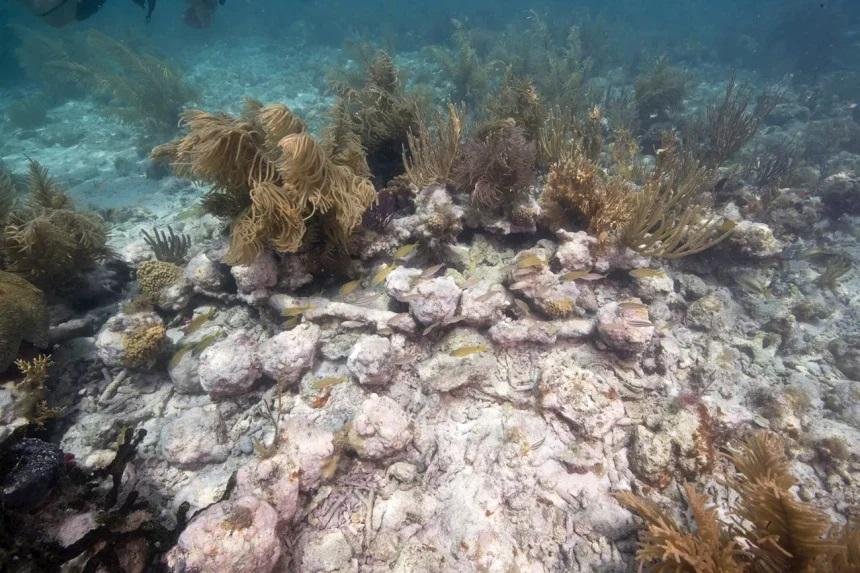Off the Florida coastline, archaeologists have identified the sunken remains of the HMS Tyger, a British warship that sank in 1742.

The wreck site, initially discovered in 1993 near Garden Key, has now been conclusively confirmed to be the HMS Tyger after extensive research and analysis conducted by multiple institutions, including the National Park Service.
The HMS Tyger, a Fourth-Rate frigate launched in 1647 at Woolwich, England, played a pivotal role in various historical events, including the Siege of Colchester during the English Civil War and engagements in the First and Second Anglo–Dutch Wars. However, it met its tragic fate during the War of Jenkins’ Ear, an Anglo-Spanish conflict, when it struck a coral reef off the western end of the Florida Keys on January 13, 1742.
The crew’s attempts to save the ship, including offloading cannons and cargo in an effort to lighten the vessel, ultimately proved unsuccessful. Despite their efforts, the HMS Tyger succumbed to damage from the grounding and sank in shallow waters. The surviving crew of approximately 280 men, led by Captain Edward Herbert, were forced to abandon ship and found themselves marooned on Garden Key for 66 days.

Their resourcefulness during this ordeal is highlighted by their construction of makeshift vessels using salvaged pieces of the HMS Tyger. These vessels enabled them to embark on a perilous 700-mile journey through enemy waters to Port Royal, Jamaica, where they sought refuge. Along the way, they faced harsh conditions, battling severe heat, mosquitoes, and thirst.
Park Manager James Crutchfield stated: “Archeological finds are exciting, but connecting those finds to the historical record helps us tell the stories of the people that came before us and the events they experienced.”
The research team, comprising archaeologists from Dry Tortugas National Park, the Submerged Resources Center, and the Southeast Archeological Center, uncovered compelling evidence supporting the identification of the wreck as the HMS Tyger. This evidence includes the discovery of five cannons approximately 500 yards from the wreck site, as well as logbooks detailing the ship’s grounding and subsequent sinking.
The artifacts recovered from the wreck site, including the cannons and other remnants of the HMS Tyger, fall under the jurisdiction of the British Government as per international treaty, affirming their sovereign ownership.
Josh Marano, the maritime archaeologist who led the team responsible for the discovery, noted that future generations of archaeologists armed with advanced technologies may uncover further insights from the site.
The findings of the research team have been documented in the International Journal of Nautical Archaeology.



























